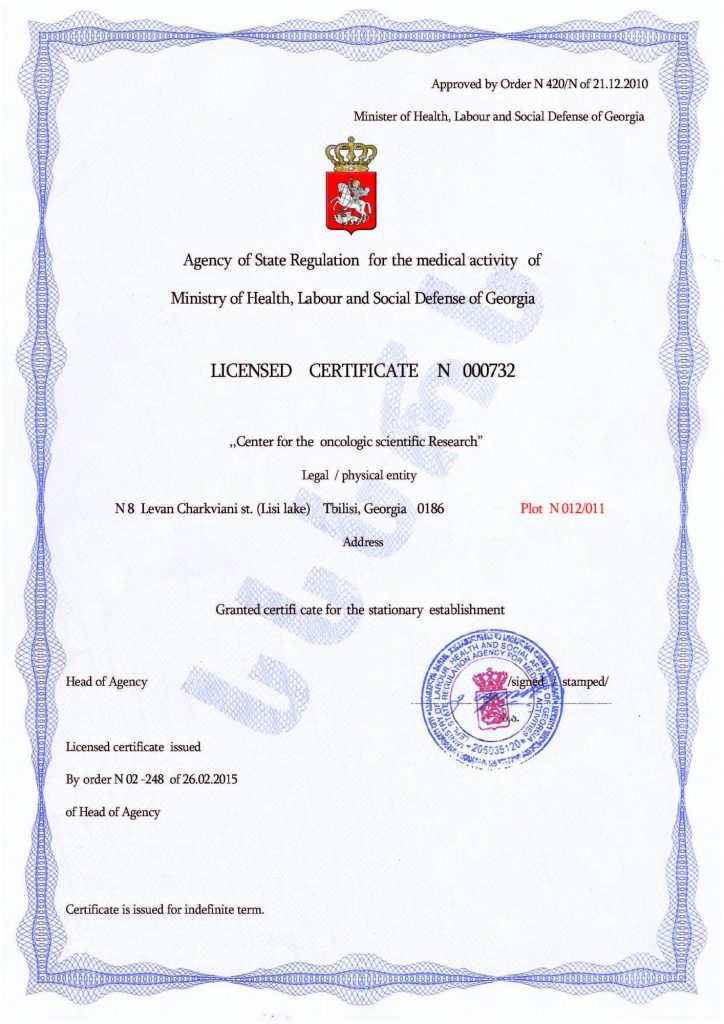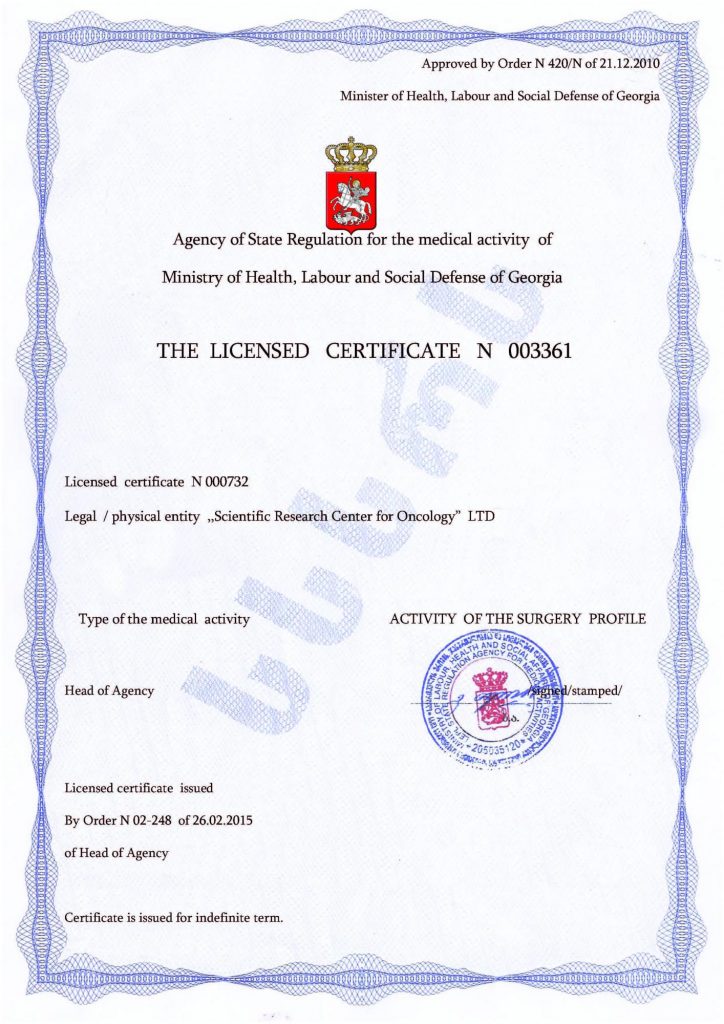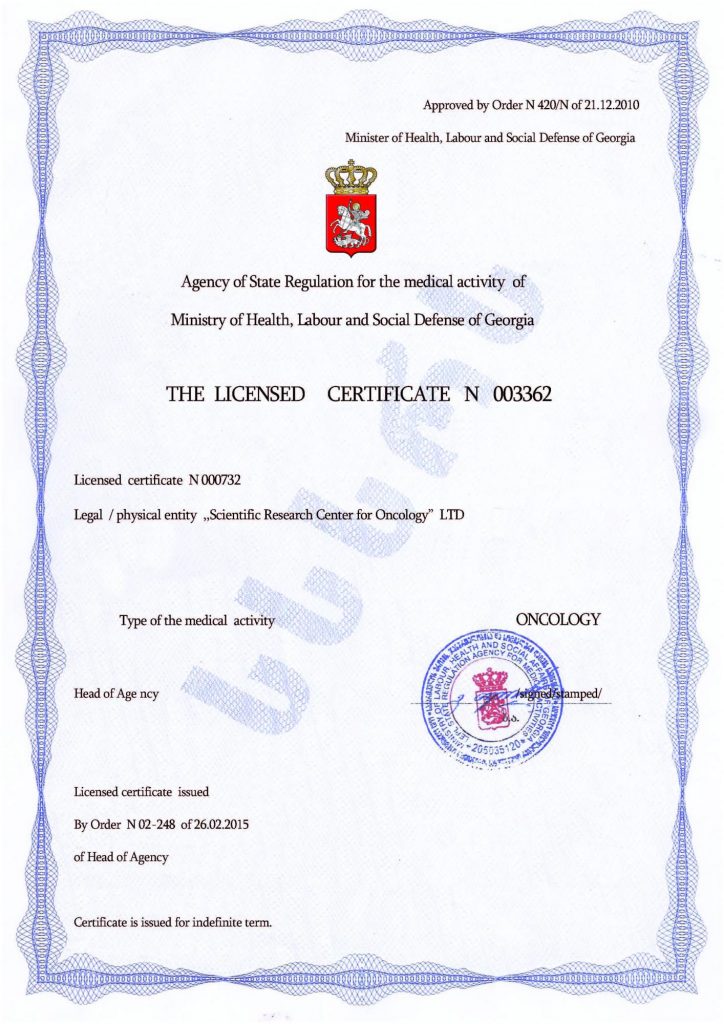Stereotypical Behavior in Children with Autism
One of the most prominent manifestations of autism in children is stereotypical behavior. This refers to repetitive, monotonous actions or gestures that may seem aimless to others. The child may repeatedly perform the same movements, rotate objects, arrange items in a specific order, and so on. The reasons for such behavior are related to the peculiarities of the nervous system and perception of the world in individuals with autism. Neurologists recommend paying attention if the child exhibits the following behavioral patterns:
- Hand movements: These may include repetitive hand movements such as waving, twisting, or tapping.
- Monotonous repetition of words or phrases: Children may repeat the same words or phrases multiple times without an apparent communicative goal.
- Fixation on objects or details: Children may become fixated on certain objects or details, such as the rotating wheels of toys or patterns on clothing.
- Regular repetition of actions: This can include repeating the same actions or rituals, such as opening and closing doors or switches.
- Interest in parts of objects: For example, children may focus on studying toy parts, turning or pulling pieces of objects without using them for their intended purpose.
- Resistance to changes in routine: Children with autism often prefer stability and routine, and changes in schedules or the environment can cause stress and stereotypical behavior in response to uncertainty.
Others may wonder why the child behaves this way. Stereotypical behavior is driven by the desire for predictability, psychological self-regulation, and serves as a way of interacting with the surrounding world. Under the influence of various factors, stereotypical behavior can change.
The Impact of Cell Therapy on Behavioral Stereotypes in Autism
Stem cell therapy, or stem cell treatment, is an approach to treating various diseases and conditions by utilizing the ability of stem cells to self-renew and differentiate into different cell types in the body. Stem cell therapy can be considered one of the effective methods for correcting autism and autism spectrum disorders, including stereotypical behavior. Statistics show that in approximately 90% of cases, children experience a reduction in episodes of repetitive, monotonous actions, speech development improves, and mental stability is achieved.
What Role Do Stem Cells Play in Autism Therapy?
There are several sources of stem cells used for medical purposes, including:
- Embryonic cells – obtained along with umbilical cord blood at birth.
- Adult stem cells – can be harvested from bone marrow or adipose tissue.
- Induced pluripotent stem cells – taken from adult skin cells via reprogramming.
- Donor stem cells – cells from blood siblings.
Stem cells have the ability to differentiate into various cell types, such as nerve cells, muscle cells, skin cells, and others. For autism therapy, embryonic stem cells, as well as autologous bone marrow or donor cells, are used. Doctors assess the development of the child with autism or ASD to determine the number of cells to be harvested and the number of transplantation procedures needed. Stem cell transplantation helps activate specific areas of the brain, improve neuron connectivity, and aims to correct qualities in the child such as stereotypical behavior, speech, and motor activity.
The Mardaleishvili Medical Center in Georgia leads in the number of successful stem cell transplants. We invite you to consult with our specialists
Autism Treatment Center Videos
Autism treatment with own stem cells
Cord blood association congress
International Quality Crown
Autism Treatment Reviews
Autism treatment with own stem cells
The story of Alessandro (6 years old)
Autism Patient Testimonial - Stem Cell Treatment
Clients Testimonials

Feedback from Igor, David’s father (12 years old) Read More

Feedback from Olga, Fedya’s mother Read More

Feedback from Natalia, Radomir’s mother (15 years old) Read More
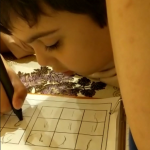
Feedback from Esther, Samuel’s mother (8 years old) Read More
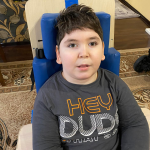
Feedback from Abibe, Selim’s mother (7 years old) Read More









